Welcome to 2023, the Year of the Rabbit! Although the Year of the Rabbit doesn’t officially begin until February with the beginning of the traditional lunar calendar, January 1 marks the start of the modern year in Japan, and with it, the Year of the Rabbit.
People born in the Year of the Rabbit are said to be friendly, non-aggressive, have a polite sensibility and a versatile personality. They can thrive in a variety of situations and have the general ability to get along well with others .
Or so they say.
Saito Dosan was born in 1494, in the Year of the Rabbit, however far from being friendly, timid and polite, he was known as the Mino no Mamushi, the Viper of Mino for a very good reason.
Imagawa Yoshimoto, who lost both the Battle of Okehazama and his head to Oda Nobunaga in 1560, was another famous warrior born in 1519, the Year of the Rabbit!
Ban Naoyuki, also known as Ban Danemon, was somewhat of a wild and eccentric samurai from Owari Province was also born in the Year of the Rabbit, but his life story shows that he did not live life like a rabbit. Born in 1567, BanNaoyuki served Kato Yoshiaki as a gunnery captain at Sekigahara, but was dismissed from service after the battle for abandoning his matchlock gun squad, and running off into the thick of the battle alone to seek action and glory. Dismissed by Kato after Sekigahara, he then served Kobayakawa Hideaki, but when Hideaki died, Ban served Ieyasu’s son, Matsudaira Tadayoshi at Kiyosu Castle, but quit soon after, before joining Owari-born Fukushima Masanori at Hiroshima. According to the story, he loved fighting so much that during the Siege of Osaka in 1615 he again rushed off into battle without his own troops and was soon overwhelmed and killed! Incidentally, 1615, the year in which Ban Naoyuki died, was also the Year of the Rabbit!
Torii Tadamasa was born in the Year of the Rabbit in 1567, in what is now Okazaki City, Aichi Prefecture, as the second son of Torii Mototada. His father, Torii Mototada, was a very close personal friend of Ieyasu, and was killed at Fushimi Castle During the Battle of Sekigahara in 1600. His son, Tadamasa, was so trusted by Tokugawa Ieyasu that in 1600, also during the Battle of Osaka in 1614 and again in 1615, on the direct orders of Tokygawa Ieyasu, Tadamasa’s role was to command and protect Edo Castle in Ieyasu’s stead.
Incidentally, Tokugawa Ieyasu's son and the second Shogun, Tokugawa Hidetada, was also born in the Year of the Rabbit!Although seen as somewhat timid, Hidetada showed his true mettle when he finally came out from his father’s imposing shadow.
Other famous warlords born in the year of the Rabbit include Konishi Yukinaga, Sanada (Yukimura) Nobushige, Date Masamune, Tachibana Muneshige, and the Takeda clan’s general Akiyama Nobutomo, who was executed by Oda Nobunaga at end of the siege of Iwamura Castle.
Tokugawa Ieyasu was born in 1543, and in fact, 1543 was also the Year of the Rabbit. However Ieyasu was born in the year of the tiger, not the year of the rabbit. The reason for this is that today's modern calendar and the traditional lunar calendar do not align. According to the lunar calendar, Ieyasu's date of birth was 26th day of the 12th month..., that date equates to January 31, 1543 by today’s Gregorian calendar, but the traditional zodiac year did not change until February, so Ieyasu just managed to scrape through, to be born in the year of the tiger.
Tokugawa Ieyasu was born at Okazaki Castle in modern day Okazaki City, Aichi Prefecture. On New Year's Day, mostshrines across Japan offer amazake sweet sake, mochi rice cakes and zenzai, sweet bean soup, or a vegetable rice gruel to visiting worshippers. Within the grounds of Okazaki Castle, beside the tower keep is the Tatsuki Shrine said to have been built on the site of Tokugawa Ieyasu’s birth. The Tatsuki Shrine offers something a little different every New Years Day.
Rabbit soup!
Okazaki's famed Hatcho miso soup is prepared and served with rabbit meat in it.
The reason for the inclusion of rabbit harks back to an episode in which Tokugawa Ieyasu's ancestors, the Matsudaira clan relocated from the Kanto districts, around modern day Tokyo and surrounding areas, to Mikawa. The story goes that it was New Years’ when they made their way across the central provinces, but they had no food with which to celebrate the season. They were soon welcomed into Shinano Province, near the Matsumoto area of Nagano Prefecture by a loyal vassal, who realizing the Matsudaira’s predicament, quickly set off with his bow and shot some rabbits. The meat was boiled in a broth and served to the clan. From this episode, the partaking of rabbit at New Years became a Matsudaira, and a Tokugawa clan tradition. Even once Ieyasu had himself transferred to Edo Castle, the Tokugawa continued the custom of having rabbit from Shinano Province served at Edo to the Shogun.
This tradition was also practiced in Ieyasu’s hometown of Okazaki to this day.
May you have a prosperous and happy 2023, and continue to enjoy Samurai History and Culture.




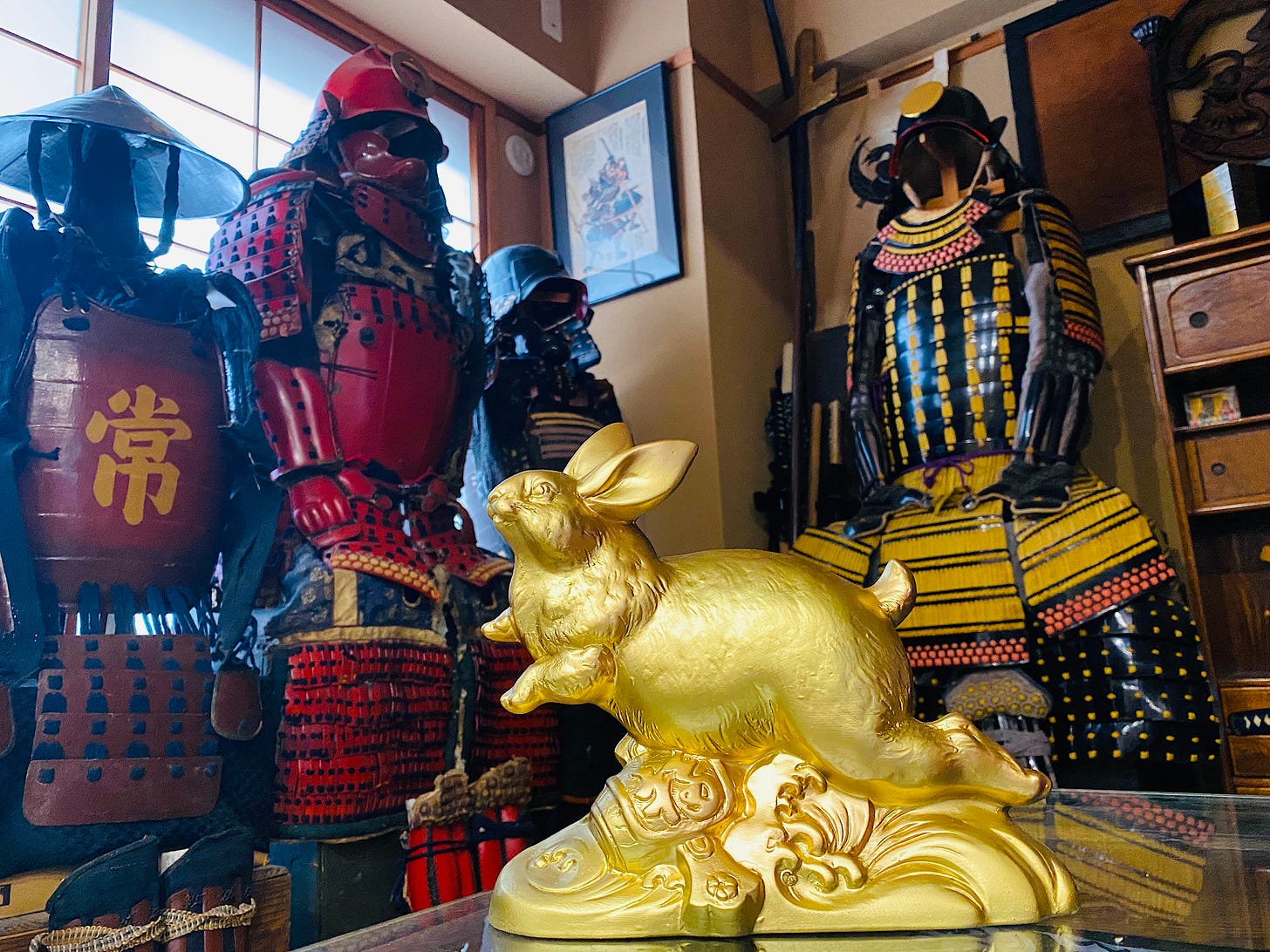
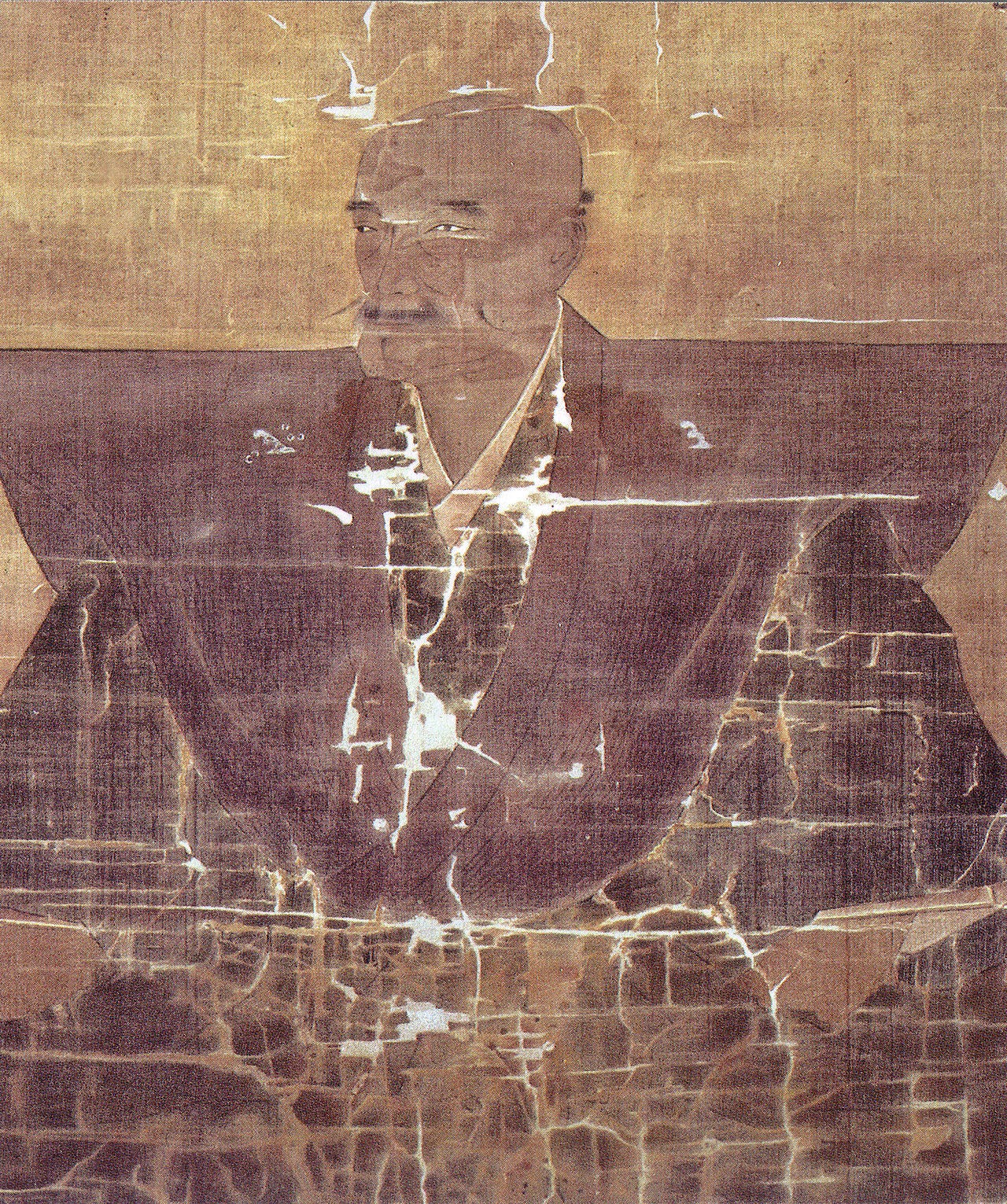
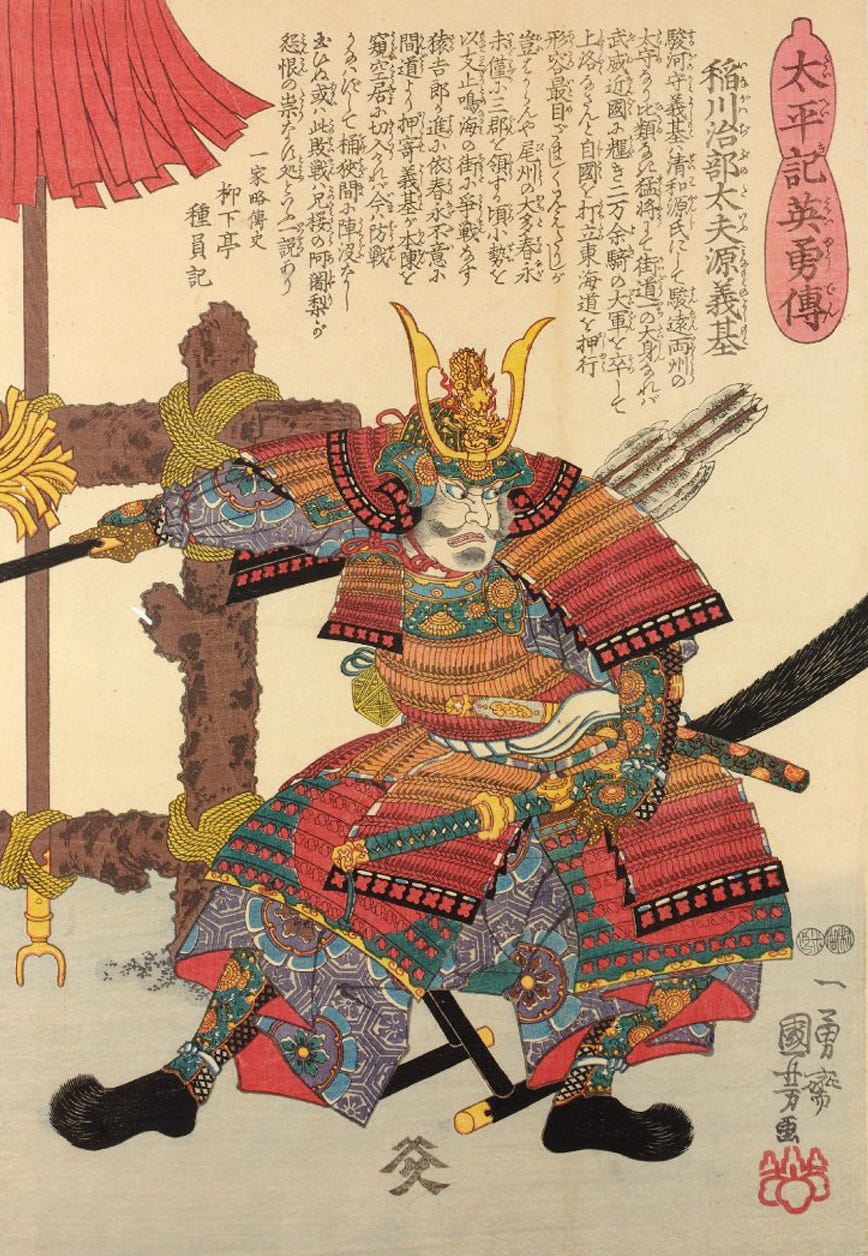
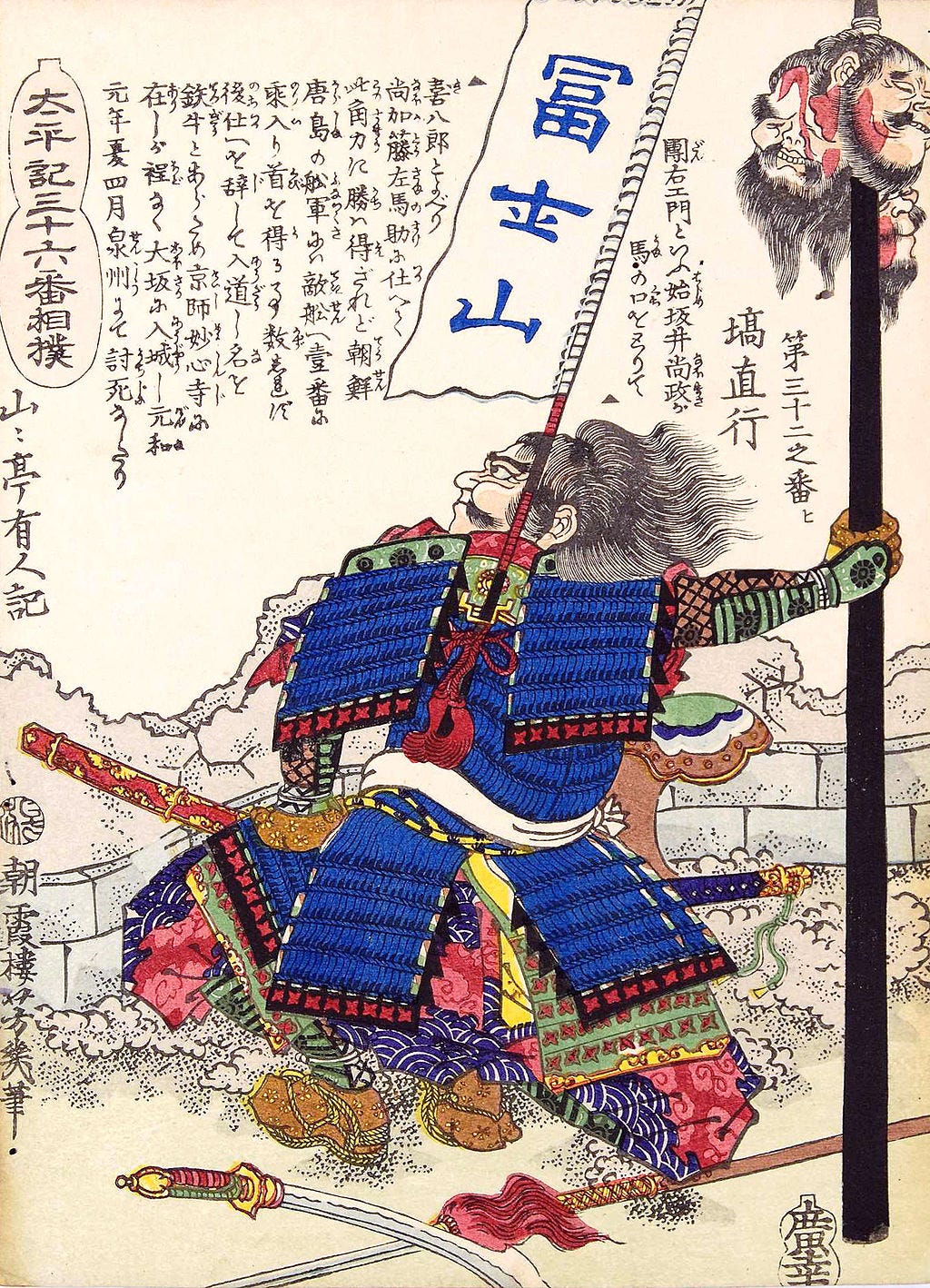
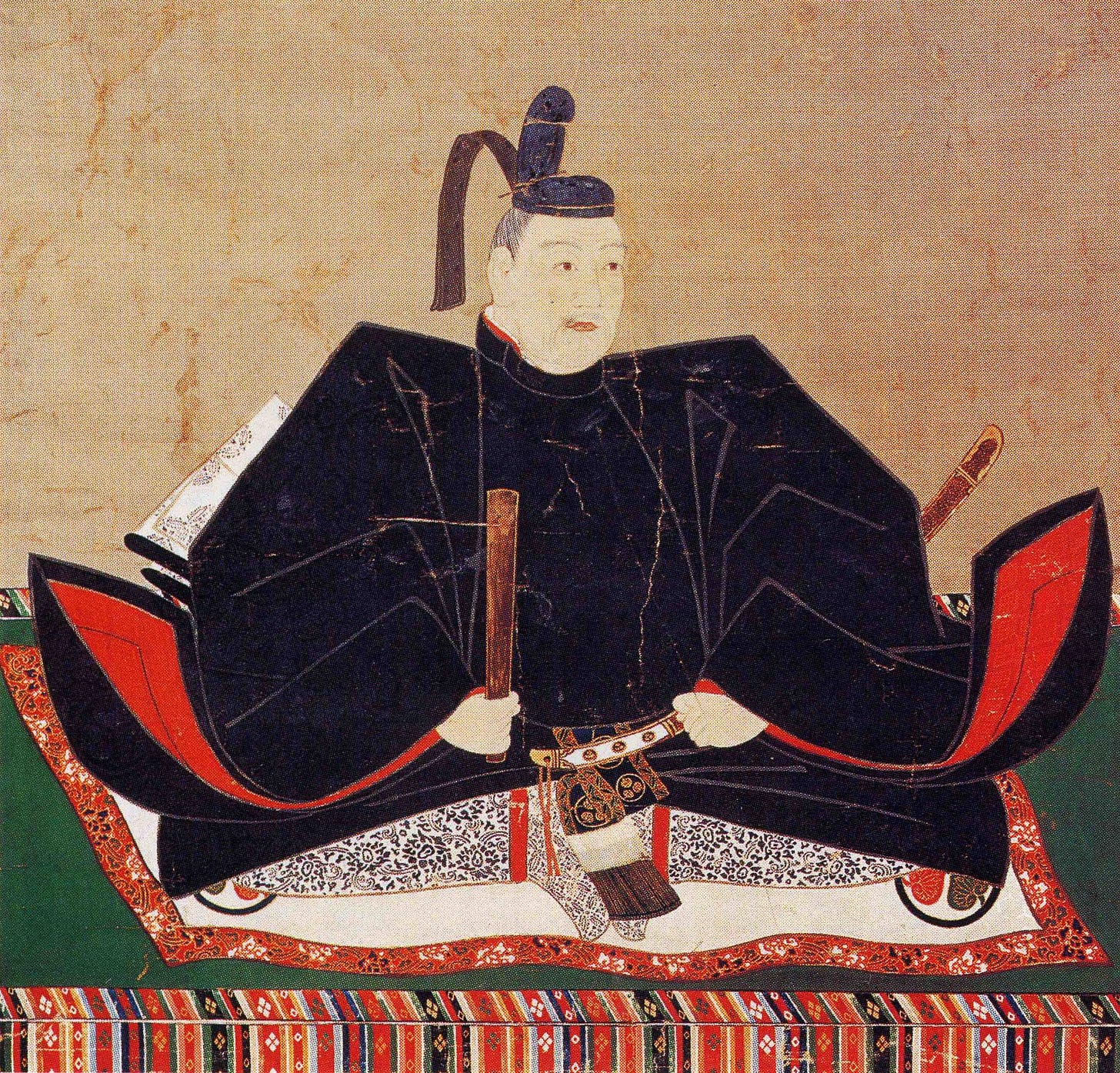


Thank you Anne, and yes, it is early this year!
happy new year Chris and thanks for your job!!